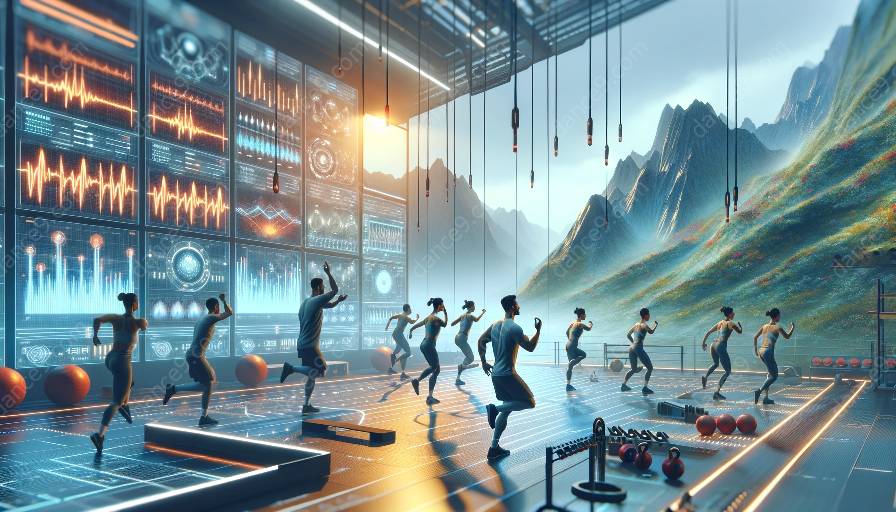Contemporary dance is a dynamic and physically demanding art form that requires a high level of athleticism, strength, and endurance. As dancers age, they experience various physiological changes that can impact their ability to meet the demands of contemporary dance and affect their practice in significant ways.
Physiological Demands of Contemporary Dance
Contemporary dance places significant demands on the body, requiring dancers to have exceptional flexibility, strength, and cardiovascular endurance. The nature of contemporary dance movements often involves intricate footwork, rapid directional changes, and fluid transitions between standing, jumping, and floor work. As a result, dancers must possess a high level of physical fitness to execute these movements effectively.
Implications of Age on Contemporary Dance Practice
Age can impact contemporary dancers in several ways. As individuals age, they may experience a decline in flexibility, muscle mass, and bone density, which can affect their ability to perform certain movements and techniques. Additionally, older dancers may be more prone to injuries and may require longer recovery times after intense training sessions or performances.
Cardiovascular Fitness and Endurance
With increasing age, cardiovascular fitness and endurance may decrease, making it more challenging for dancers to sustain the intensity and duration of contemporary dance routines. This can impact their overall performance and limit their ability to execute complex choreography and sequences.
Strength and Power
As dancers age, they may experience a decline in muscular strength and power, which are essential for executing explosive movements and maintaining control during intricate sequences. This reduction in strength and power can limit a dancer's ability to perform certain movements and may require modifications to their technique and choreography.
Recovery and Injury Prevention
Older dancers often need to pay closer attention to recovery and injury prevention strategies to maintain their physical well-being. The increased risk of musculoskeletal injuries requires a focus on proper warm-up and cooldown routines, as well as targeted strength and conditioning exercises to support joint stability and resilience.
Adaptation and Modification
Given the physiological changes associated with aging, contemporary dancers may need to adapt and modify their movement vocabulary to accommodate their changing physical capabilities. This may involve exploring alternative pathways, levels, and dynamics within their choreography while maintaining artistic integrity and expression.
Understanding the Limitations and Embracing Experience
While age-related physiological changes can present challenges, they also offer opportunities for dancers to deepen their understanding of their bodies and movement potential. Embracing experience and wisdom acquired over years of practice can contribute to the development of a unique artistic voice and interpretation of contemporary dance.
Adapting the training regimen to incorporate targeted strength and conditioning exercises, flexibility training, and aerobic conditioning can help dancers mitigate the physiological effects of aging and sustain their performance capabilities in contemporary dance.




























